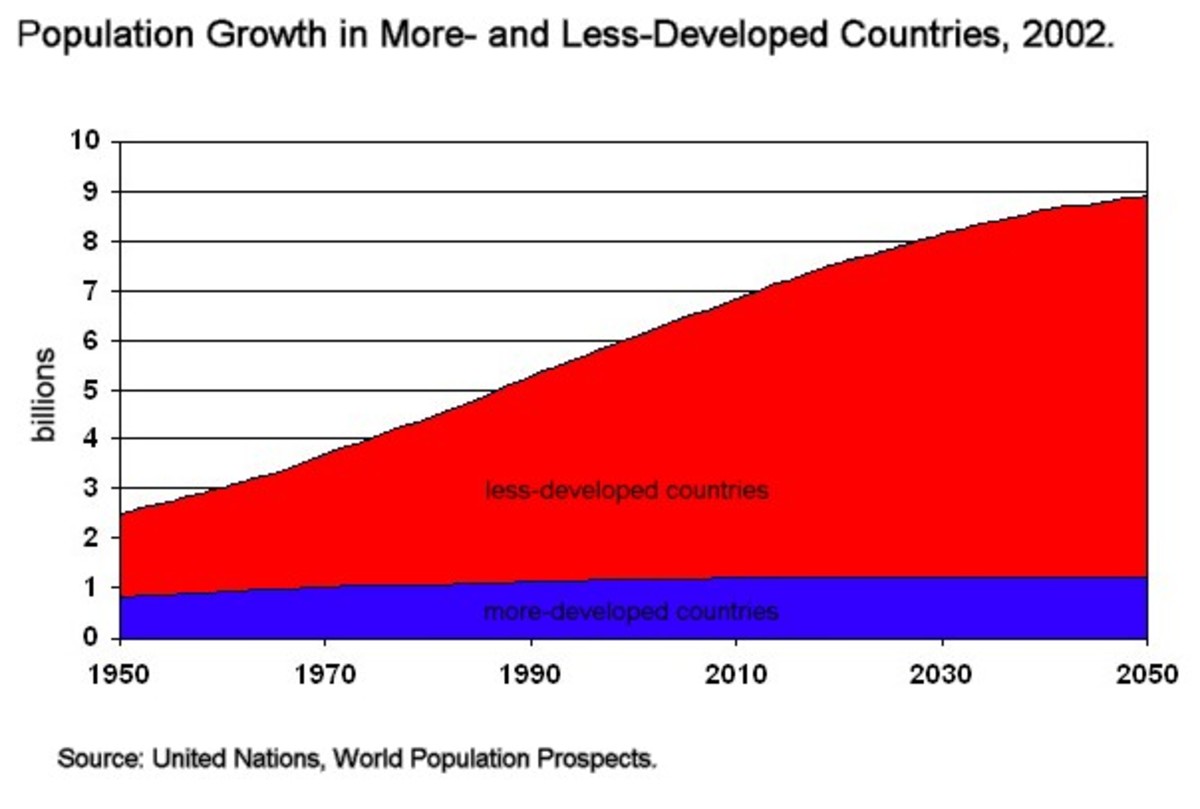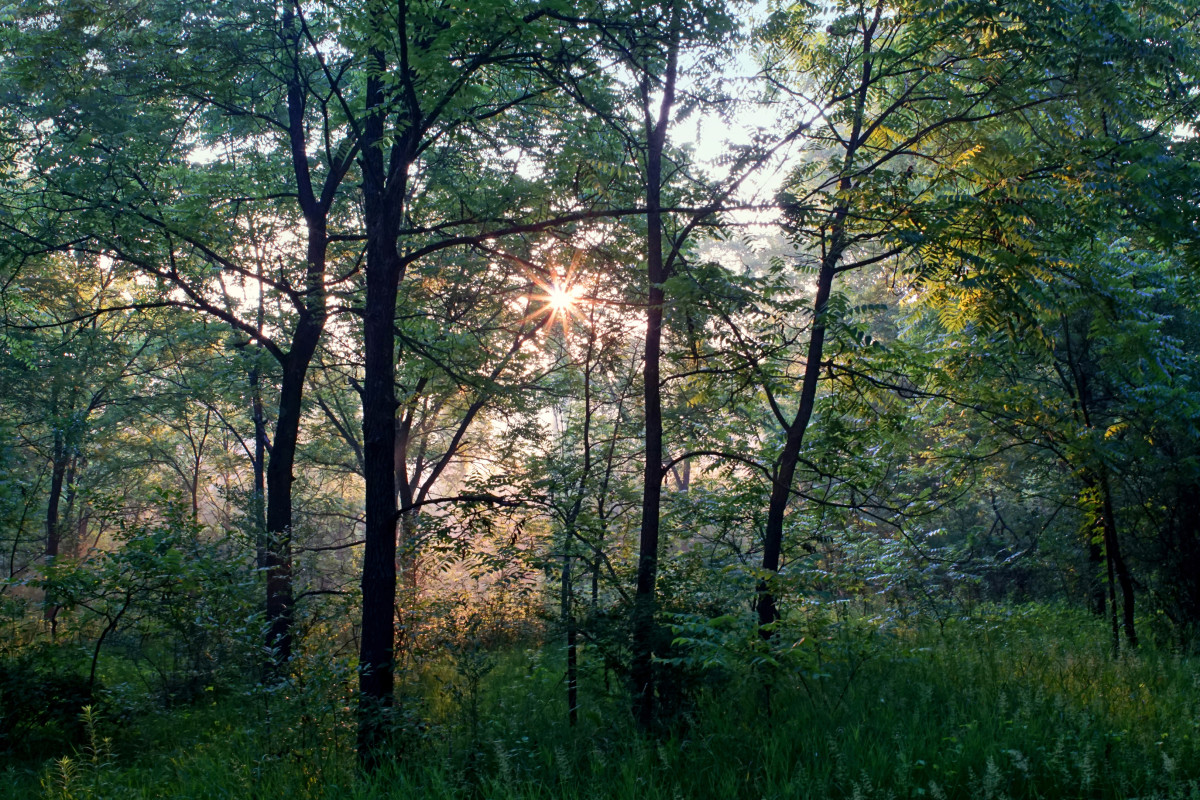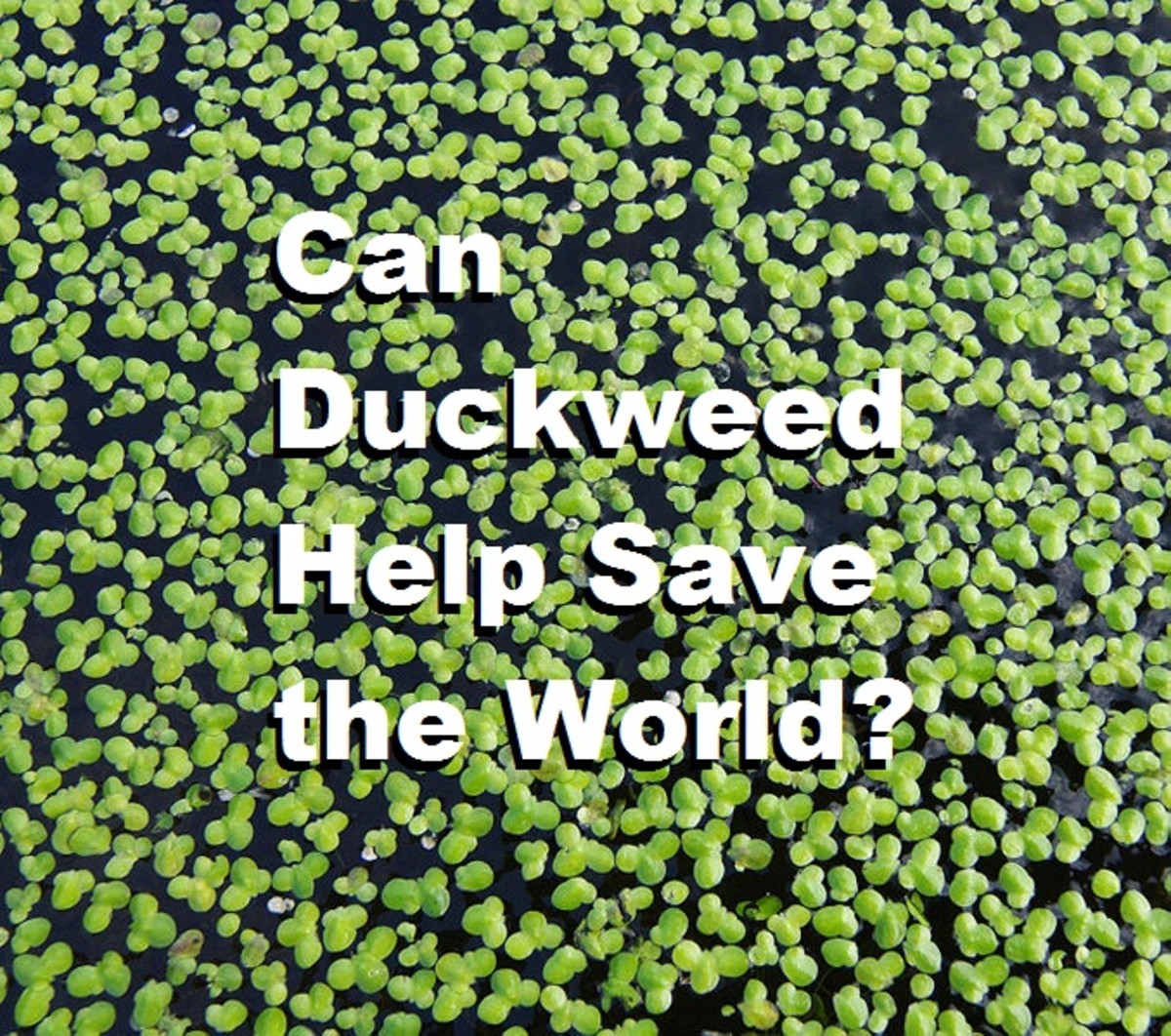Four Major Environmental Consequences Of Increasing Demand For Plant Products In The World
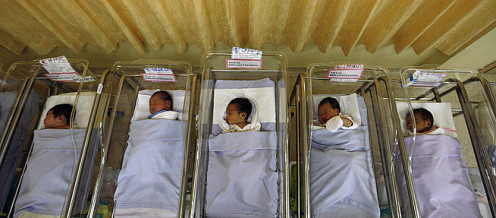
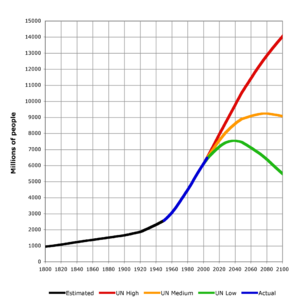
As the UN’s population statistics show, the world population is not growing because people are having more children, it’s growing because people are living longer. And world population growth rates have actually peaked as fertility rates have declined due to increased wealth and better health.
The diagram on the left shows World population estimates from 1800 to 2100 Based on UN 2004 projections (red, orange,green) and US Census Bureau historical estimates (black).
There is a wealth of scientific literature that links the the actions of humanity to the natural ecosystems and the possible consequences the these actions has on humanity.
Here is an excerpt from the thesis of my study on the impacts of soil animals in climate change.
The world population has grown tremendously over the past two thousand years. In 1999, the world population passed the six billion mark. Latest official current world population estimate, for mid-year 2011, is estimated at 6,928,198,253. It is 7 billion already and its only a matter of rounding up the figures.
Human population has increased in an unprecedented rate with the current population of 7 billion people. Increasing number of people have resulted in tremendous demands on plant production systems for increasing output of food, fiber and fuel.
Believe it or not, about 1 billion of the 7 billion people living on earth. In biological terms, the human species has been phenomenally successful. Too successful, some might say, at populating and plundering a fragile planet, and thereby hastening our own demise. Just look at the unfolding catastrophe in the Horn of Africa—a product of human conflict and the kind of drought that many scientists link to man-made climate change.
In 1992 the Union of Concerned Scientists issued a "World Scientists Warning To Humanity" signed by some 1600 of the world's leading scientists including 102 Nobel Price Winners.
The scientists warned that "A great change in our stewardship of Earth and life on it is required, if vast misery is to be avoided and our global home on this plant is not to be irretrievably mutilated"
As the population increases, so is the demand for for food, fiber and fuel. This extremely high demand placed on the plant production systems has serious environmental consequences. The environmental factors involved in this issues include biodiversity in the the management and selection of plants, soil fertility and conservation, water use and irrigation, and weather and climate variables.
It is my intention to she some light into the this major environmental consequences. As much as possible avoiding the technical jargons taking into consideration the complex nature of the issues discussed.
Land and soil degradation
The USA has lost one-third of its topsoil since Columbus set foot in the western hemisphere. Worldwide, approximately 10 million hectares of arable land are completely lost from crop production each year because of erosion. Loss of top soil also means loss of organic matter that could otherwise be used as plant food for growth and development.
Loss of soil organic matter also leads to declining soil fertility by reducing infiltration of water, reduced water-holding capacity, decreased nutrient holding capacity and decreased nutrient availability.
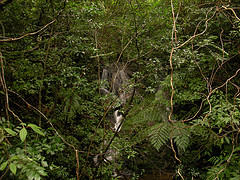
- Biodiversity and it's Importance
“We humans have come a long way in gaining our independence from the whims of Mother Nature… through agriculture and irrigation, we can control our own food supply. We've built schools, hospitals, computers, automobiles, airplanes, and space... - Wildlife Conservation in an Agricultural Landscape
This paper was originally written while I was in college as part of a senior year research project with my partner Adam Bleau. It is an extensive case study that examines the effects of agricultural land-use...
Loss of biodiversity
Let me start you off with some rough statistics Gardner and Sinclair (1998). Approximately one-half of the tropical forest is lost each year and is used for crop production. Overall, the world wide loss rate of tropical forest is estimated to be about 1% per year for the period of 1980-90. This may have accelerated recently.
The major concern here is the loss of biodiversity that forms a major component the natural ecosystems. The natural ecosystems exist in an equilibrium state where in where inflow an out flow of gaseous or energy (food) balance each other. The natural balance becomes disturbed when human intervene into the natural ecosystems.
Quit precisely, we have to be concern about two things when it comes to loss of biodiversity. Firstly, we should be concern about loss of biodiversity from the extinction of plant species or genotypes. The practical concern is the loss of individual plant sources of genetic material to improve crop varieties and to provide new pharmaceuticals. Second important concern is the loss of biodiversity from modern crop production systems of sole-cropping and mono-cropping.
There is a dilemma; on the other hand we must produce enough to feed the 7 billion mouths on earth but on the the hand, we should not compromise the quality of the environment that the futures generations will continue to benefit form.
What is more important to you in 2012?
Water
Despite 71% of the Earth's surface being water, only 3% is fresh water and half of that is polar ice. Humanities use of fresh water ha quadrupled since world war II. There is simply not enough fresh water to quadruple use again.
Water shortages and conflicts over water threatens to become one of the more serious issues in the future. Take China for example.Water shortages in much of northern and western China will be a factor in China's agricultural and economic growth.
In many regions, plant production systems are viewed s the prime sources of fresh water for urban and industrial uses. The ever increasing pressure by the rapidly growing population places tremendous pressure on water usage and quite seriously its availability.
- Earth - Wikipedia, the free encyclopedia
Learn about how much of the land surface is covered with water and how much is covered with land.
Best books available now
Weather & Climate
Plant are extremely sensitive to weather and climate. The important climatic and environmental factors include rainfall and water,light,temperature,relative humidity,air, and wind. They are abiotic components, including topography andsoil, of the environmental factors that influence plant growth and development.
Until recently it is assumed that man do contribute to change in the weather and climatic patterns. If climatic factors such as temperature and precipitation change in a region beyond the tolerance of a species phenotypic plasticity, then distribution changes of the species may be inevitable. There is already strong evidence that plant species are shifting their ranges in altitude and latitude as a response to changing regional climates.
Summary
Increased demands for out put from plant production systems are associated with many critical environmental issues, four of the major ones are discussed in this paper. Hope you find something to learn from in this hub.



